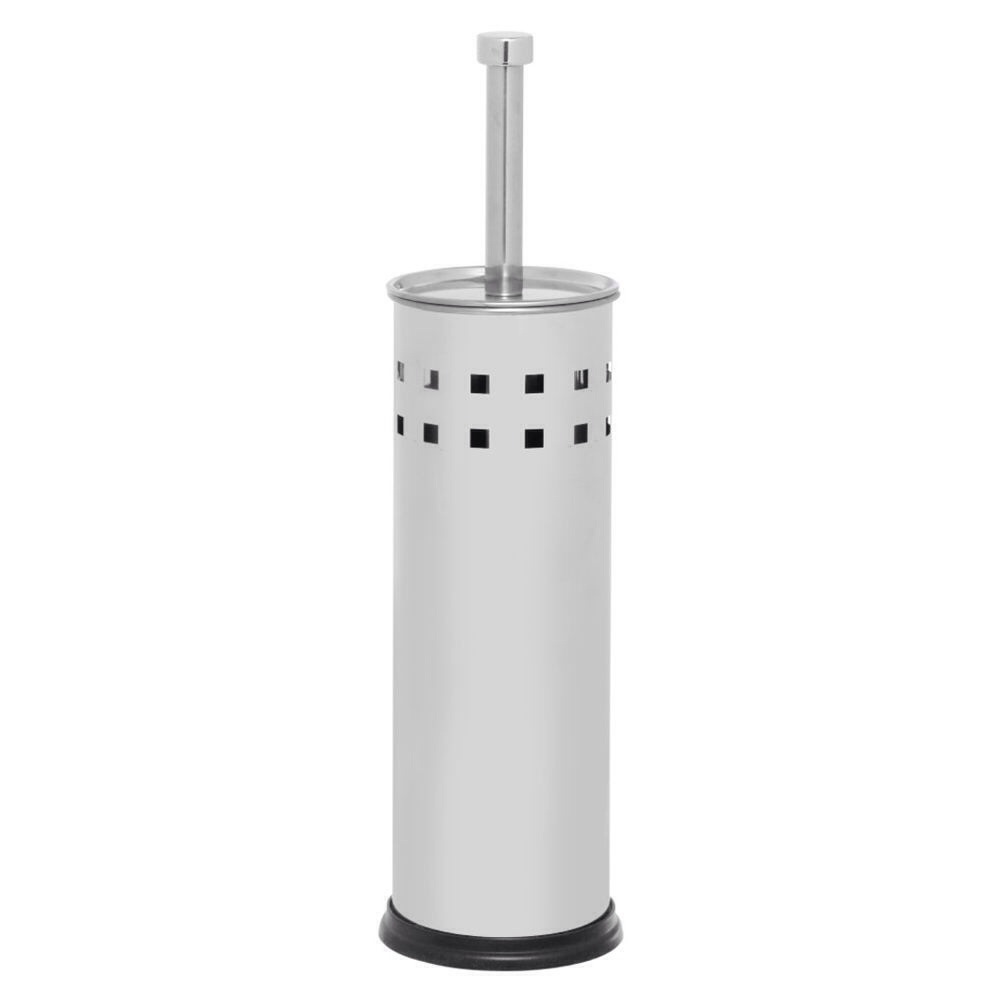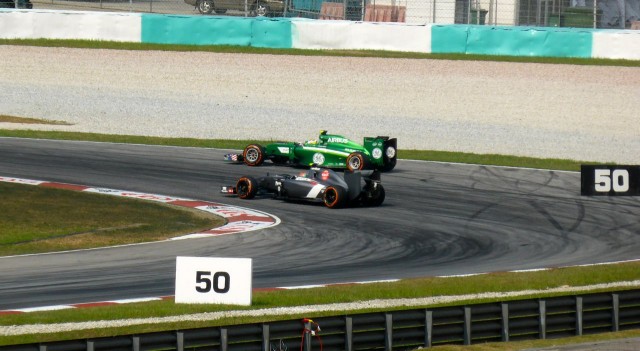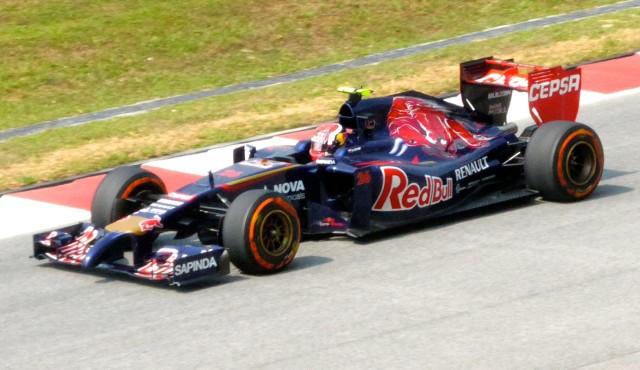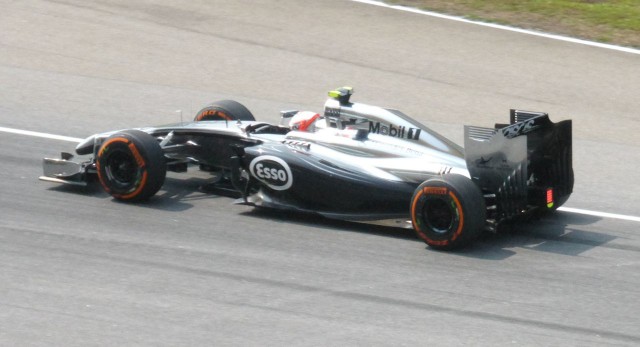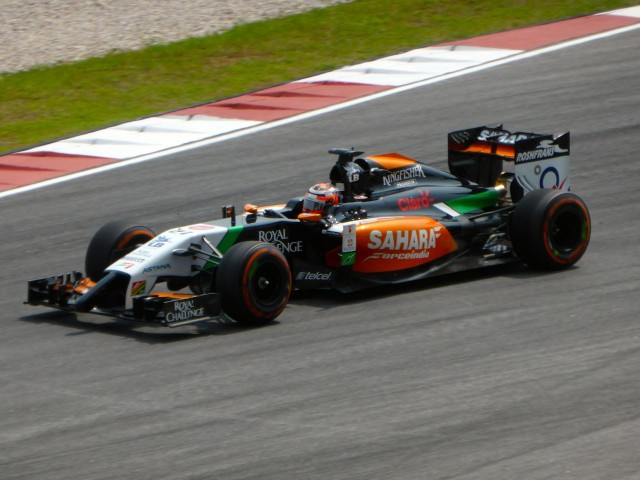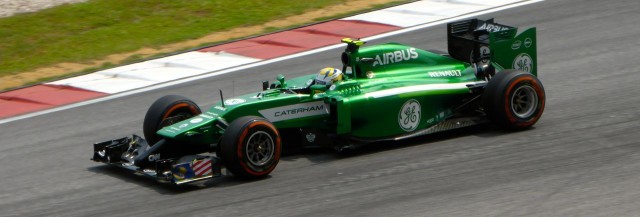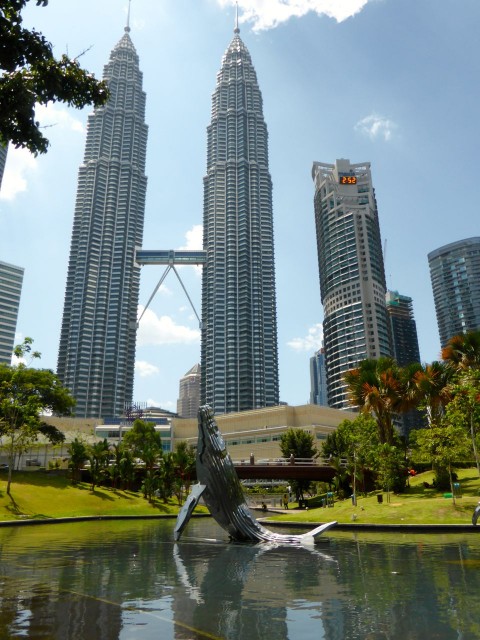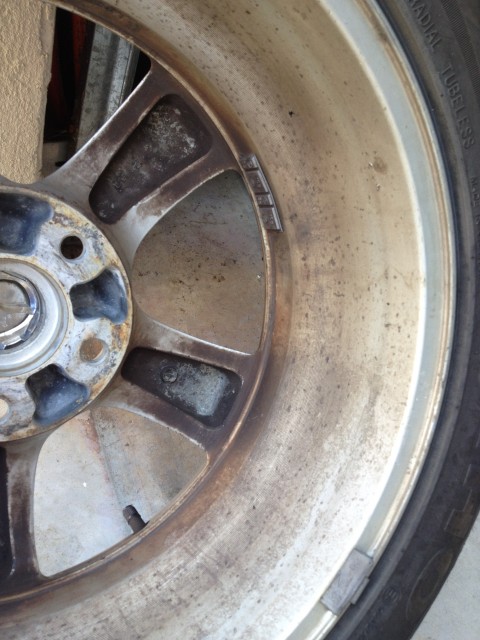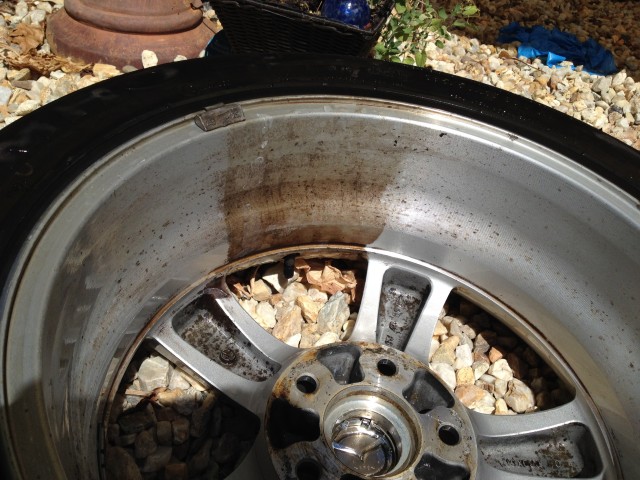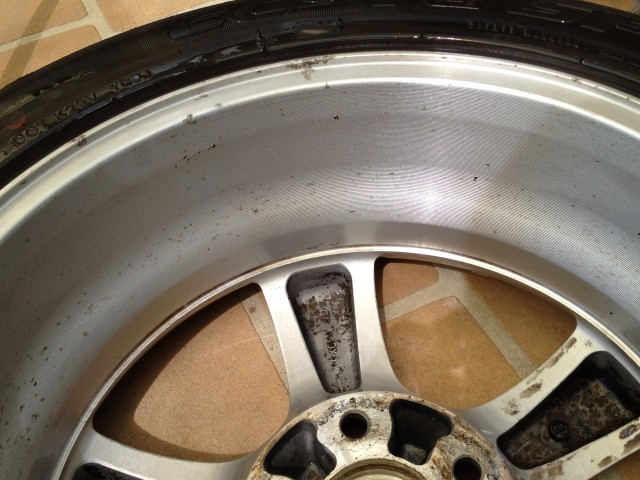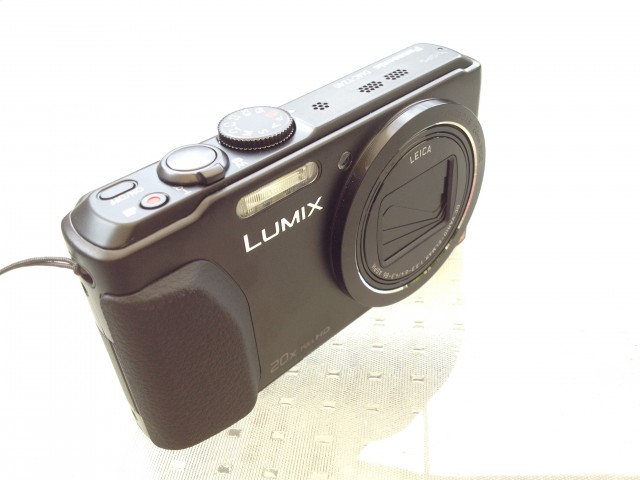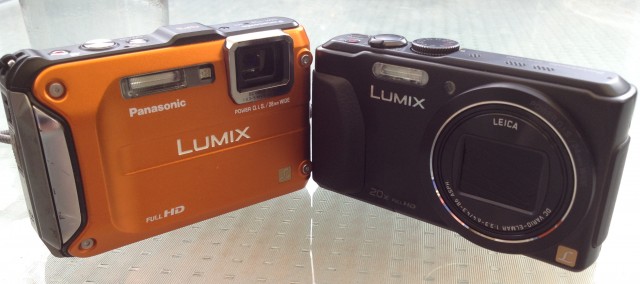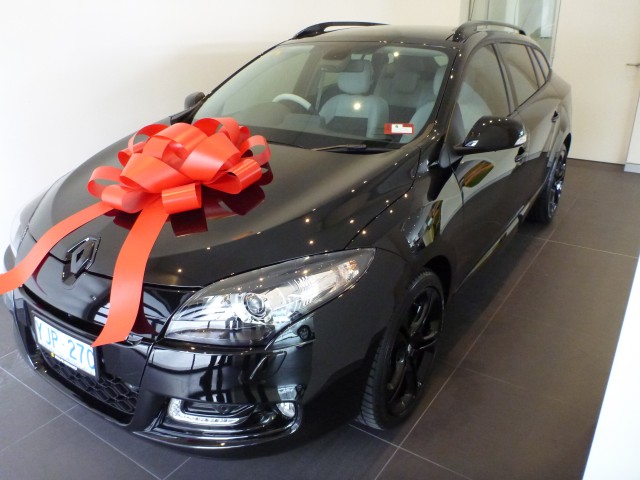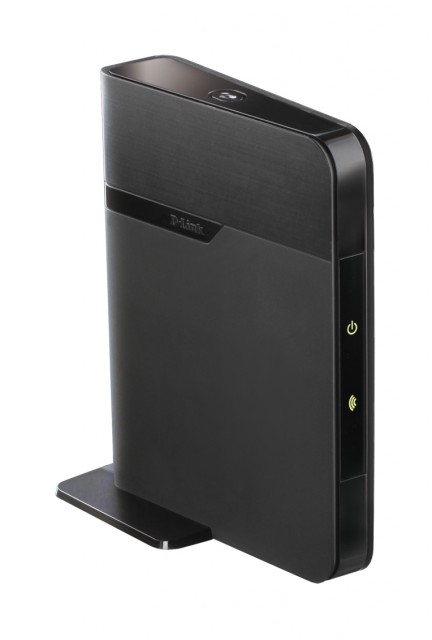I have been a little slow on writing the next installment of the ownership experience with the actual 12th months of ownership arriving in mid-June 2014. However as the car isn’t being driven much this 4 week lag really reflected a grand total of maybe 300km of driving!
The 6th month Review had seen us covering almost 7000km, which is a stark contrast to the barely 4000km covered in the last 6 months. So much so that over 25% of this distance was completed in a single week!
Operating Costs:
It’s amazing how cheap a car is to own when you don’t drive it! Fuel consumption is still averaging a low ~9L/100km in mostly city driving, although the usage pattern has a lot more short trips that are inevitably edging consumption higher.
| Total Distance (km): | 10706.9 |
| Total Fuel (l): | 994.28 |
| Average Consumption (l/100km): | 9.27 |
| Average Fuel Price: | $ 1.73 |
| Average Cost/KM: | $ 0.16 |

The numbers above are cumulative – that is based on the total 12 months of ownership – and I guess more than anything reflect a lack of change in the usage pattern.
Service costs on the other hand finally copped a hit with the required 10000km/12 Monthly servicing being completed slightly early in April. The cost was the fixed $299 Capped Price (Elf Oil used of course) and no other expense was incurred.
It’s a Renault. What has fallen off it?
Nothing. Nada, Zip!
That’s not to say there’s not been a few quirks that have raised their head.
Quirk 1: I raised it in the last review installment but as a recap the car was delivered without a fairly simple rubber seal fitted across the bonnet shut-line. This seal doesn’t appear to do much except prevent bugs and dirt from getting into the engine bay from above, for someone with a bit of a detailing fetish like me this is a good thing. At any rate the missing seal was fitted during the first service in April. I’ve not noticed any impact of this change so I guess I didn’t have to demand it be fitted.
Quirk 2: The stereo, OK another repeat from the 6th month point, it’s not great but the real issue is that unless it’s placed into “Driver” Mode the tweeters aren’t being driven. This naturally produces a flat and somewhat muddy sound quality. Unfortunately “they all do that” and until Renault realises that EVERY Megane Wagon with the 2013/2014 stereo has this problem I’ve found a reasonable workaround with manual tweaking of the Driver mode (including changing the LHD bias) to make it “acceptable”.
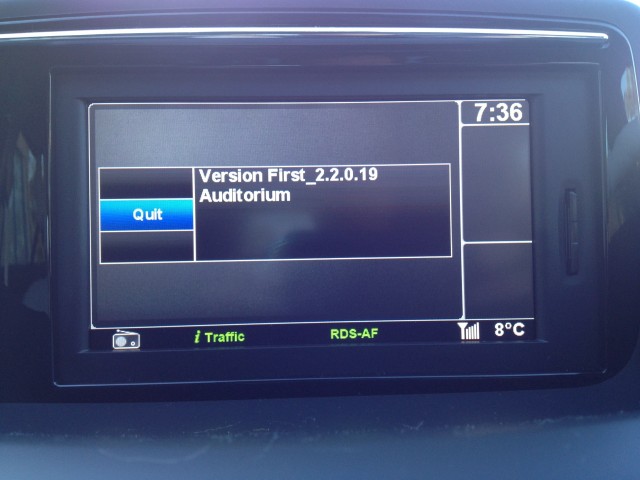
Quirk 3: It’s actually a bit of a precious flower when it comes to fuel quality, in my town everything is just perfect with Shells 98RON fuel, switch to an alternative brand like Caltex and suddenly “starts second time every time” for cold starts comes into play. It’s not a big deal but something to keep in mind – change fuel brand to something more to her taste and voila problem solved.
Fault 1: Yes we have a fault, just one, and it’s not critical, but it can be annoying. The passenger seat base has a rattle, only without a passenger in it, and most likely related to something needing a little plastic sleeve or bit of tape around it, but not having that sleeve or tape. Either way bumps on the road or a light tap on top trigger it. The entire seat base is most likely to be replaced under warranty.
Back to the Living and Driving with Question
Earlier this year I did a couple of solo long runs in the car, in Australian terms they were not that long – round trips of 500 to 750km – completed in single days.
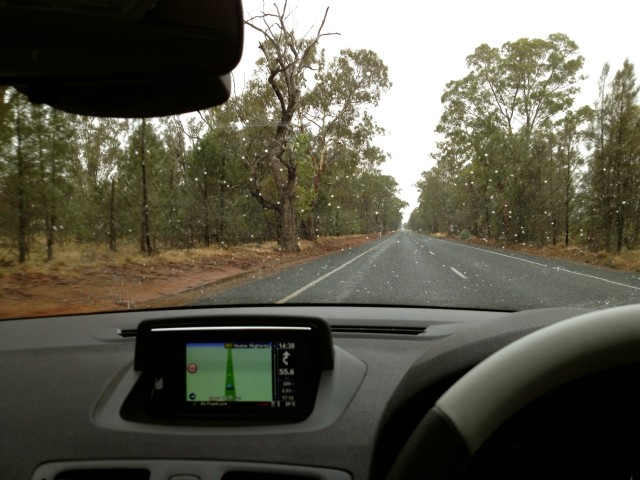
In both cases Celeste reaffirmed by confidence in her dynamic abilities and tourability.
The trip out to Temora was a great run on rural roads in generally poor conditions, with the highway run up to Sydney later that week tested the carrying capacity, and the driver aids late into the night.
The Visio (Lane Departure Warning) and the Adaptive BiXenons certainly work together very well, and when I was dead tired the beeping alerts of the Visio system were a great “NO, Seriously you need to take rest stop” reminder. The headlights themselves are stunningly effective in High-beam and it’s sad to hear that the 2014 Facelift models don’t get the Adaptive BiXenon lights – even as an option – then again there’s no more GT220 model available in Australia either.
The “white” leather has remained surprisingly resilient to staining with any marks coming off during regular cleaning and treating with Meguiars or Chemical Guys leather products. It’s still a little daunting when chucking unknown fabrics into the car though – I’m waiting for the day where there’s some strange coloured mark left that just won’t come out.
The Carminat (Tom Tom) navigation system has been updated quarterly as new maps have come available. The update service cost me AUD69.99 last year and the next 12 month renewal should be a lowly AUD49.95 as long as I don’t let the offer lapse. The update process is a little clunky requiring the SD-Card to be ejected from the SATNAV unit, then updated on a PC before being returned to the car. I’ve no complaints with the system itself, and while Tom Tom doesn’t make the LIVE or RDS Traffic services available in Australia it’s hardly Renaults fault.
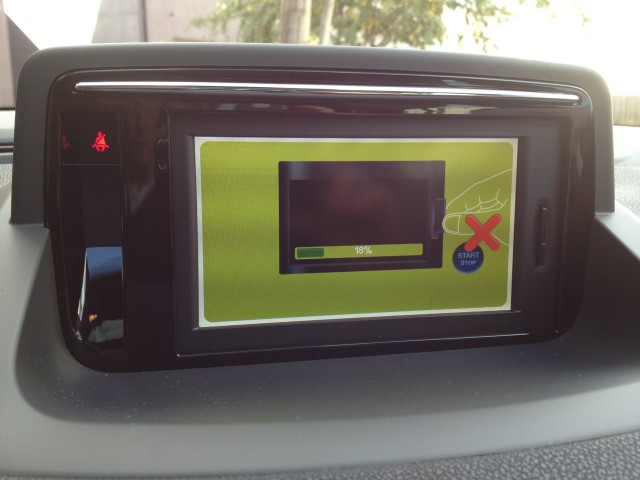
There’s not much more to add, tyre wear has been good, despite the front end scrabbling for traction due to the lack of LSD. Brake wear is minimal despite the heavy layers of brake dust on the wheels (Bowdens Own Wheely Clean works wonders) and the pedal remains progressive with good feel. It turns out the front rotors and pads are shared with the Koleos soft-roader so there’s a few options available in the aftermarket when the time comes.

